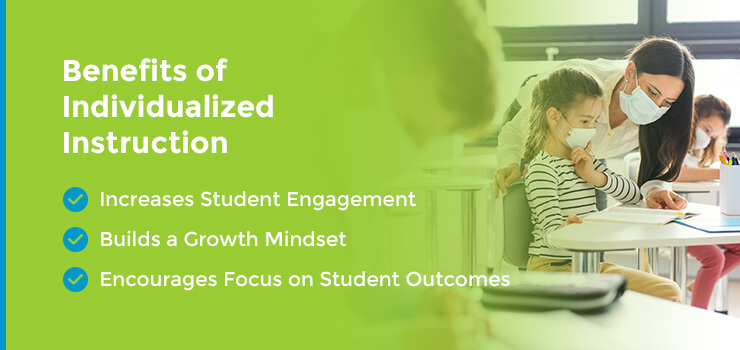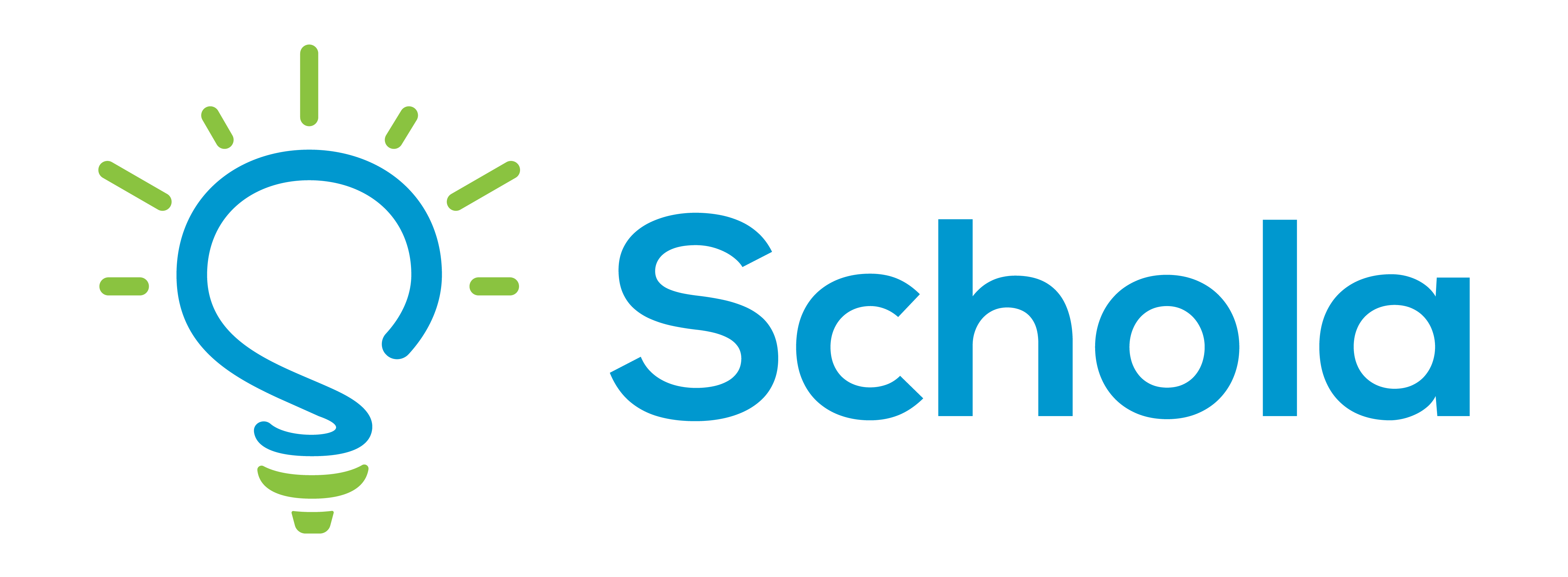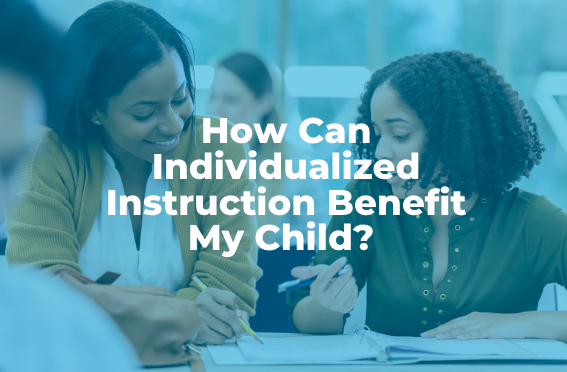Every classroom comprises students with differences in abilities, passions and interests — in the past, many teachers taught to “the middle.” “The middle” of the classroom is the central core students whose attainment levels match the class level. However, this means that underperforming students, as well as their overperforming peers, were left out. Individualized instruction targets every child, regardless of ability level or achievement.
Individualized instruction means a teacher creates their lesson plans with the needs of each individual student in mind. They target a student’s specific learning style by assessing their aptitude and needs, and they do so with every lesson. Some students may find a topic easy to grasp, while others may struggle more with it. An individualized instruction plan means the teacher can help the former students move on to the next topic and spend more time with the latter group to help them understand the material!
A formal example of individualized instruction is an Individualized Education Program (IEP) for students who receive special education services. Teachers and administrators tailor this plan to the student’s individual needs and continually reassess the program to ensure it benefits the student. Individualized instruction, more broadly, means putting this same amount of care and intentionality into the lesson plans for each student, no matter their learning levels or needs.
Other Terms for Individualized Instruction
You might hear a couple of terms interchanged with individualized instruction, but each method has certain caveats.
- Differentiated learning: Teachers who use differentiated learning respond to students’ varied learning styles and use flexible course design. Assessments, instruction and grouping are all continually evaluated to ensure they meet students’ needs.
- Personalized learning: Personalized learning relies on student input, and heavily factors in students’ interests and needs. Students receive instruction akin to one-on-one tutoring in this model, so technology often plays a big role in this teaching method.
In contrast to differentiated and personalized instruction, individualized instruction involves maintaining the same learning goals for each student, but the teacher adjusts the pacing to allow students to move on or continue with the material depending on their needs.
Benefits of Individualized Instruction

1. Increases Student Engagement
With an individualized instructional approach, students can take the time they need to understand the material in front of them. Too often, lessons move on before students are ready, leading to decreased competence. For subjects like math, which rely heavily on building skill sets, slow uptake of one lesson could mean a student is perpetually behind. When students continually feel behind or underprepared, they can easily lose interest in learning.
Building student engagement is partly about developing engaging lesson plans, but developing student competence is also essential. If a student believes they are always going to be “behind the curve,” their motivation to learn will decrease significantly. In contrast, if students can achieve competence in a topic at their own pacing, they will feel more confident and become more engaged with the material! Learning at their own pace benefits not only each individual student, but the class as a whole!
2. Builds a Growth Mindset
When a teacher allows students to achieve at their own pace, they develop a growth mindset. A growth mindset develops when students believe they can achieve their goals through hard work and determination. In contrast, a fixed mindset leads students to believe they are innately good or bad at certain subjects or school in general. Teachers might unintentionally reinforce a fixed mindset by moving on from topics too quickly before every student is ready.
Individualized learning shows students that they can achieve their academic and personal goals when approaching a subject in the way they learn best! It give them the confidence boost they need to succeed. When teachers tailor the learning methods and pacing to their needs, they can achieve as much as students who thrive in the traditional teaching model. Building confidence in this way will also teach students how to approach problems in various ways to achieve a solution, an essential skill in building their critical thinking.
3. Encourages Focus on Student Outcomes
With individualized instruction, teachers focus on ensuring each student develops the necessary competencies to succeed through the course material. Rather than having to move on to different topics before every student is ready, teachers have the tools they need to adapt the pacing of instruction to each student. Individualized instruction places a heightened focus on student outcomes, in contrast to the set schedules traditional instruction might seek to reinforce.
Signs Your Child May Benefit From Individualized Instruction
In reality, individualized instruction benefits every student! But students with these characteristics will particularly benefit from this type of instruction. Does your child demonstrate these characteristics?
- Shows higher engagement with higher competency: If your child gets excited about subjects they do well in and avoids or dislikes subjects they fall behind in, it may signify their engagement is related to their competency. Because individualized learning allows time for students to develop competency in their schoolwork, they may be more engaged and fulfilled in their learning in general!
- Experiences difficulty applying concepts: Many students who benefit from individualized instruction need more time to apply concepts in different scenarios. Taking the extra time to practice will often allow these students to achieve the same goals as their peers who learn at faster pacing.
- Enjoys one-on-one time with instructors: Some students really thrive off of one-on-one time. If your child asks questions and seeks support from you or their teachers while doing schoolwork, an individualized approach may help them feel more supported, which can significantly build their confidence over time.
Discover the Ideal School for Your Child With Schola
Good news! A school near you may offer individualized instruction! This definitely a key feature to look for when searching for a school. Schools that have smaller class sizes, technology available, and solid teacher training typically are able to provide more individualized instruction.
With ScholaMatch, you can factors in your child’s interests, needs and learning styles, in addition to your needs as a parent to find the perfect fit. Our quiz will help you narrow down the perfect school by asking you about preferences like location, transportation, program availability, and any special needs or interests your child might have. From there, you’ll receive a list of schools that match your criteria, reducing the time and stress involved in the school search process.

